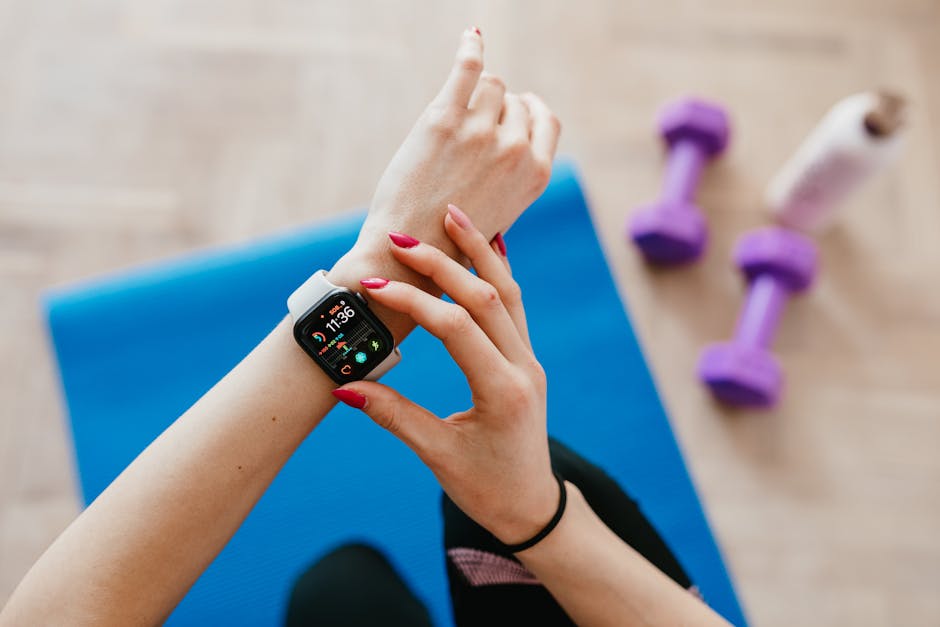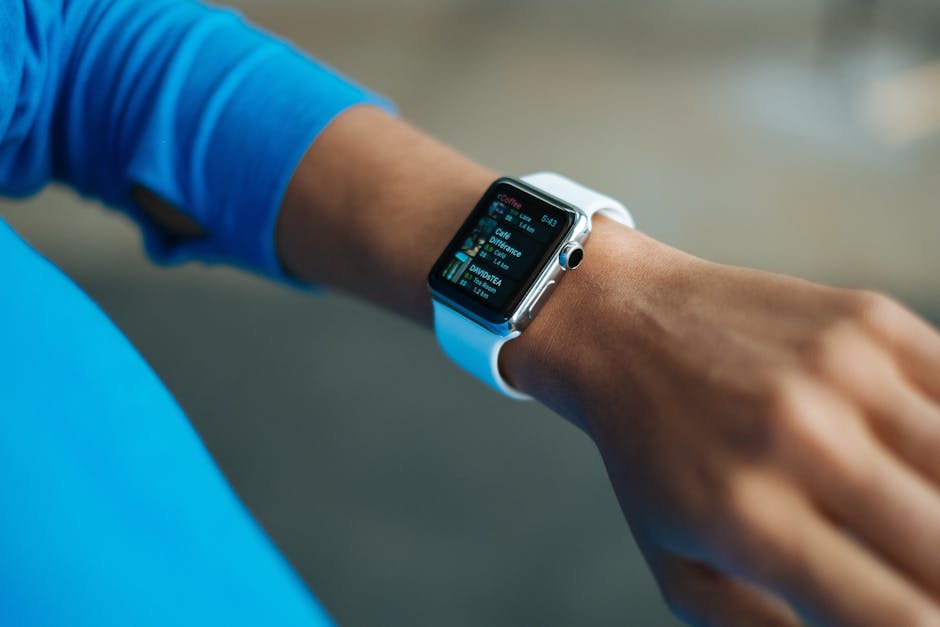The Evolution of Fitness Trackers Explained
Have you ever wondered how fitness trackers went from simple pedometers to sleek devices that monitor everything from heart rate to sleep quality? In just a few years, they’ve become essential tools for health enthusiasts and casual users alike. Let’s take a closer look at this fascinating journey.
What Are Fitness Trackers?

Fitness trackers are wearable devices that help you monitor your physical activity. They can count steps, track distance, and even measure heart rates. Think of them as your personal health assistant, right on your wrist.
These gadgets come in various forms, from wristbands to smartwatches. Their goal is simple: help you understand your body better and encourage you to stay active.
How Did Fitness Trackers Begin?

The story of fitness trackers starts in the late 1960s. At that time, Dr. Ken Cooper, a physician, introduced the idea of aerobics. His work encouraged people to exercise more. However, it wasn’t until the 1980s that the first pedometer, a simple step counter, hit the market. This device was basic, but it laid the foundation for what was to come.
Fast forward to the early 2000s, and technology began to take a leap. Companies like Fitbit entered the scene. They combined the idea of a pedometer with new technology to create devices that could track not just steps, but other health metrics too.
What Features Came Next?

As technology advanced, so did fitness trackers. Here’s how they evolved:
- Heart Rate Monitors: Early models could only count steps. Soon, they began to include heart rate sensors. This feature helps users understand their fitness levels better.
- Sleep Tracking: Understanding sleep patterns became crucial. Many trackers now monitor how long and how well you sleep. This information can help improve overall health.
- GPS Tracking: For outdoor workouts, GPS became essential. This feature allows users to track their running or cycling routes accurately.
- Smart Notifications: As smartphones became popular, fitness trackers began to sync with them. Users could receive texts, calls, and notifications directly on their devices.
With each new feature, fitness trackers became more useful. They weren’t just about counting steps anymore. They were about understanding your entire lifestyle.
Why Are Fitness Trackers Popular?

Fitness trackers are everywhere today. Why is that? Here are a few reasons:
- Motivation: Seeing your progress can be motivating. Many people find that tracking their activity encourages them to move more.
- Health Awareness: Fitness trackers provide valuable insights into your health. Knowing more about your heart rate or sleep patterns can lead to better lifestyle choices.
- Community Support: Many trackers offer social features. You can challenge friends, share achievements, and celebrate milestones together.
According to a report by the Statista Research Department, the fitness tracker market has grown tremendously, reaching billions in revenue. This growth reflects the increasing interest in health and wellness.
What Are the Common Misconceptions?
Despite their popularity, some misconceptions exist about fitness trackers. Let’s clear a few up:
- They Are Always Accurate: While fitness trackers provide useful data, they’re not perfect. For example, heart rate readings can vary. Always consider them as a guide, not gospel.
- They Replace Professional Advice: Fitness trackers can help you understand your health, but they shouldn’t replace medical advice. Always consult a healthcare professional for serious concerns.
- They Are Only for Athletes: Fitness trackers are for everyone! Whether you’re a seasoned athlete or just looking to walk more, there’s a device for you.
what’s Next for Fitness Trackers?
The future of fitness trackers looks bright. Here are some trends to watch for:
- Advanced Health Metrics: Expect to see trackers that can monitor stress levels, hydration, and even blood sugar.
- Integration with AI: Artificial intelligence could offer personalized health recommendations based on your data.
- Wearable Tech Expansion: Fitness tracking features could become standard in more devices, including clothing and accessories.
With these advancements, fitness trackers will continue to play a crucial role in our health journey.
How Can You Choose the Right Fitness Tracker?
Choosing a fitness tracker can feel overwhelming with so many options available. Here are some tips to help you decide:
- Identify Your Goals: What do you want to track? If you’re mainly interested in steps, a basic model might suffice. If you want more features, consider a smartwatch.
- Check Compatibility: Make sure the tracker works with your smartphone and any apps you use.
- Read Reviews: Look for user reviews to see how the tracker performs in real life.
Finding the right device can make a big difference in your motivation and enjoyment.
Final Thoughts: Embrace the Future of Fitness Tracking
Fitness trackers have come a long way since their humble beginnings. They now offer a wealth of features designed to help you understand and improve your health. Whether you’re looking to lose weight, gain fitness, or just stay active, there’s a tracker out there for you.
As technology continues to evolve, we can expect even more exciting developments in the world of fitness tracking. So, why not embrace it? Start tracking your activity today and take charge of your health!
If you’re curious about more health and fitness tips, check out our blog on healthy living for more insights.



